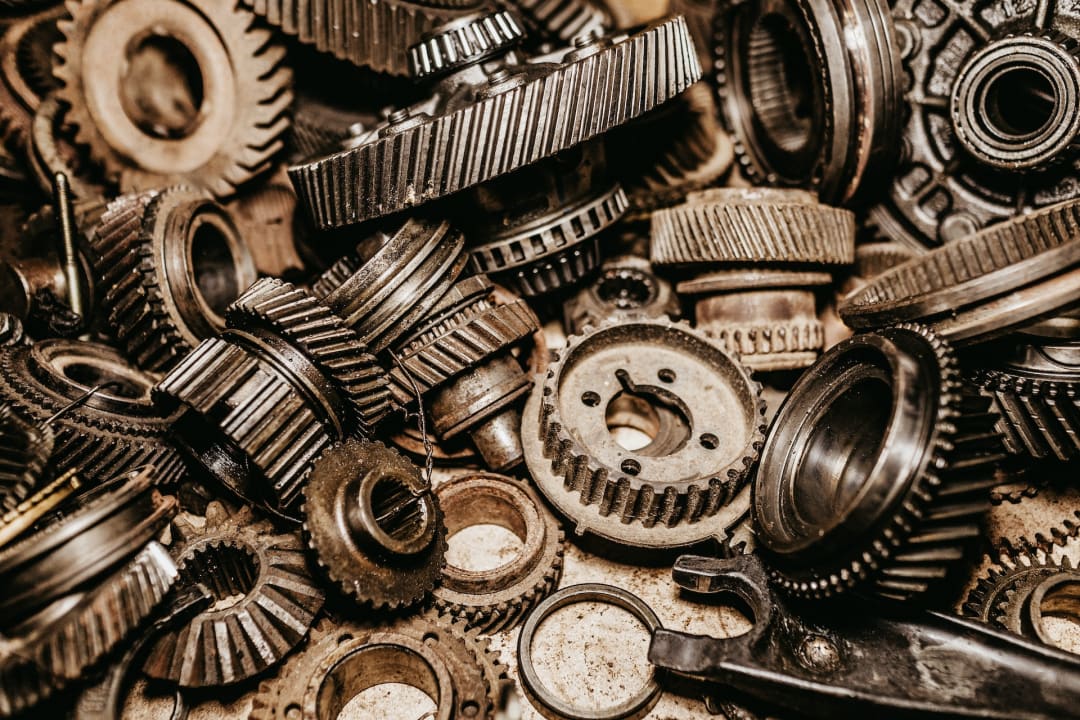
High-End Electric Car Brands: Regular Maintenance for Electric Cars
September 27, 2023
How to Use an Electric Three-Wheeler Charger and Important Considerations
October 10, 2023I. Why Maintenance is Necessary for Three-Wheeled Motorcycles
Three-wheeled motorcycles, as mechanical products, experience varying degrees of loosening and mechanical wear and tear among their components during use. If not maintained regularly, it can lead to a decrease in the motorcycle’s performance, fuel efficiency, reliability, and safety. Neglecting maintenance can also result in unexpected and severe accidents.
Therefore, three-wheeled motorcycle drivers must perform regular maintenance according to the guidelines provided in the owner’s manual. Proper maintenance helps identify potential faults and prevents them from occurring. This extends the motorcycle’s lifespan, reduces repair costs, and ensures it operates at its optimal performance.
II. Maintenance Guide for huaihai Three-Wheeled Motorcycles
1. First-Level Maintenance
After a certain mileage (typically 1000-2000 kilometers), first-level maintenance should be carried out. This maintenance primarily involves lubrication of the necessary parts and tightening of exposed bolts and nuts. In addition to routine maintenance, first-level maintenance should include:
- Cleaning and, if necessary, removing and cleaning the chain for chain-driven three-wheeled motorcycles or the belt pulley for belt-driven ones.
- Cleaning the carburetor, air filter, and fuel switch.
- Removing carbon buildup from the spark plug and checking and adjusting the electrode gap.
- Inspecting the contact of all cable connections.
- Checking and lubricating the clutch lever, throttle handle, and brake lever or pedal.
- Lubricating the speedometer and tachometer flexible shafts with grease.
- Changing the engine oil.
2. Second-Level Maintenance
Second-level maintenance centers on inspection and adjustment. Three-wheeled motorcycles should undergo second-level maintenance after approximately 3000-6000 kilometers. In addition to first-level maintenance tasks, second-level maintenance should include:
- Cleaning carbon deposits from the cylinder, cylinder head, piston, piston rings, and exhaust port.
- Inspecting the wear of clutch friction plates and brake shoe linings, and adjusting or replacing them as needed.
- Checking and adjusting breaker point gaps.
- Inspecting front and rear wheel hub axial and radial runout and making adjustments or replacements if runout is excessive.
- Checking and adjusting valve clearances.
- Adjusting the position of the front shock absorber adjuster seat as needed.
- Cleaning the engine, starter motor commutator, and commutation plate.
3. Third-Level Maintenance
Third-level maintenance involves disassembling various motorcycle components to inspect, remove hidden issues, and address them. It is recommended to have third-level maintenance performed at an authorized service center after 6000-10000 kilometers of use. Some tasks include:
- Disassembling the engine to clean carbon deposits from the cylinder head, piston crown, piston rings, and exhaust port.
- Inspecting clearances between the piston and cylinder wall, small end bearing and piston pin, and big end bearing and crankshaft pin.
- Checking crankshaft runout on both the left and right sides.
- Disassembling the clutch to check the free length of clutch springs and the thickness of friction plates and replacing them if necessary.
- Inspecting gearbox gears for cracks, burns, spalling, or severe wear.
- Disassembling the steering column assembly, cleaning the steering column bearings, lubricating them, and adjusting clearances.
- Disassembling the front shock absorber, checking the free length of front shock absorber springs, and replacing front shock absorber oil if needed.
- Checking the wear of the generator, starter motor brushes, and commutator, and replacing them if necessary.
III. Winter Storage Considerations for Three-Wheeled Motorcycles
For those in northern regions with cold winters, it’s common to put three-wheeled motorcycles into storage. To ensure that the motorcycle’s performance and lifespan are not affected by prolonged storage, here are some tips:
- Clean and Dry: Before storing, thoroughly clean the motorcycle, air-dry or sun-dry it, and lubricate exposed moving parts with oil or grease to prevent rust.
- Fuel Tank: Empty the fuel from the tank into a sealed container for storage. Leaving fuel in the tank can lead to evaporation and starting problems.
- Battery: Remove the battery, clean it, charge it fully, and store it in a dry place. Charge the battery every month to maintain its condition.
- Exhaust Pipe: Inject a small amount of motorcycle-specific four-stroke clean engine oil into the exhaust pipe to prevent rust.
- Tire Pressure: Maintain the recommended tire pressure to prevent tire aging and cracking.
- Storage Environment: Store the motorcycle in a dry, well-ventilated place, and protect it from moisture to prevent rust and aging.
Avoid prolonged outdoor storage, as it can accelerate the aging of the motorcycle’s appearance. Following these steps will help ensure that your three-wheeled motorcycle remains in good condition when it’s time to use it again.

